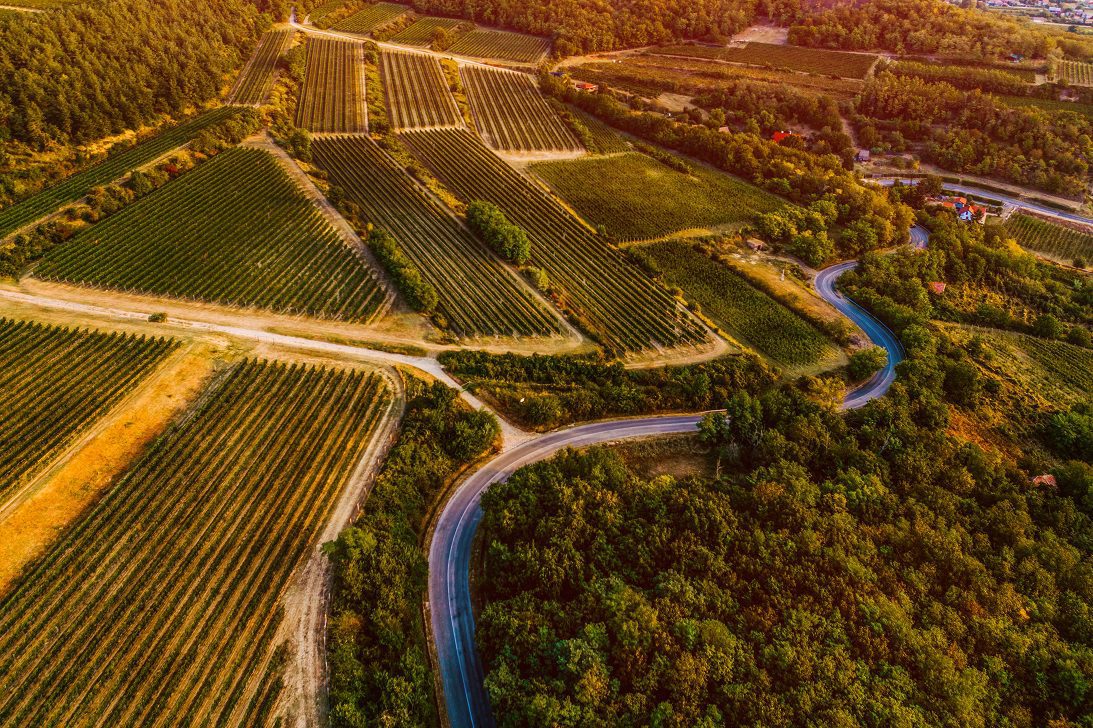New products
Showing 1–30 of 48 results
Showing 1–30 of 48 results

Introduction:
Nestled between the Tolna-Baranya Hills and the Dunamenti Plain lies the captivating Szekszárd wine region, a hidden gem in Hungary. Renowned for its red wines, particularly the indigenous varieties Kadarka and Kékfrankos, as well as the iconic Szekszárdi Bikavér (Bull's Blood), this wine region offers a unique experience for wine lovers. With a rich history dating back to Roman times, picturesque landscapes, and exceptional wine styles, Szekszárd is an unmissable destination for wine enthusiasts.
History:
The viticultural roots of Szekszárd trace back to the time of the Roman conquest, as evidenced by archaeological finds. The region's viticultural development gained momentum with the establishment of the Szekszárd Abbey in the medieval period. The arrival of Serbian settlers fleeing the Turks introduced the Kadarka variety and the red wine culture of the southern Slavs to the region. Despite the challenges posed by the Turkish occupation, viticulture persisted, and Szekszárd's wine heritage thrived.
Geographical Location:
Situated in Tolna County, the Szekszárd wine district enjoys a favorable geographical location. The vineyards stretch along the eastern side of the north-south line from Szekszárd to Báta. Notable vineyards such as Őcsényi, Decsi, and Sárpilisi grace the eastern slope of the region. The Szekszárd wine district spans over several towns and villages, including Alsónána, Alsónyék, Báta, Bátaszék, Decs, Harc, Őcsény, Sióagárd, Szálka, Szekszárd, Várdomb, and Zomba.
Soil and Climate:
The thick loess cover of the Szekszárd Hills contributes to the formation of favorable soils for black grape cultivation. Loess loam, mixed with Pannonian sand and rich in lime, provides an excellent foundation for grapevines. The region enjoys a temperate continental climate with mild winters and warm summers. Abundant heat and solar radiation, along with moderate rainfall, create ideal conditions for grape cultivation. The region's warm climate protects frost-sensitive varieties such as Kadarka and Merlot.
Grape Varieties and Wine Styles:
Szekszárd is renowned for its red wines, with the main varities Kadarka, Kékfrankos, and the region's falgship wine Szekszárdi Bikavér taking center stage. These wines showcase the region's distinct character, combining rich aromatics, lively acidity, and elegant structure. Kékfrankos is the most widely planted variety in Szekszárd, while Kadarka and Bikavér hold historical significance. The region also produces sophisticated wines from Bordeaux varieties, often crafted as blends. Although red wines steal the spotlight, there are notable white varieties such as Olaszrizling, Riesling, and Chardonnay.
Szekszárd Wine Experience:
Szekszárd's wines captivate the senses, offering a balance between approachability and aging potential. Their roundness and soft tannins make them enjoyable even at a young age. The wine region has embraced wine tourism, with over 40 reputable wineries welcoming visitors. Beyond wine tasting, visitors can explore the picturesque vineyards